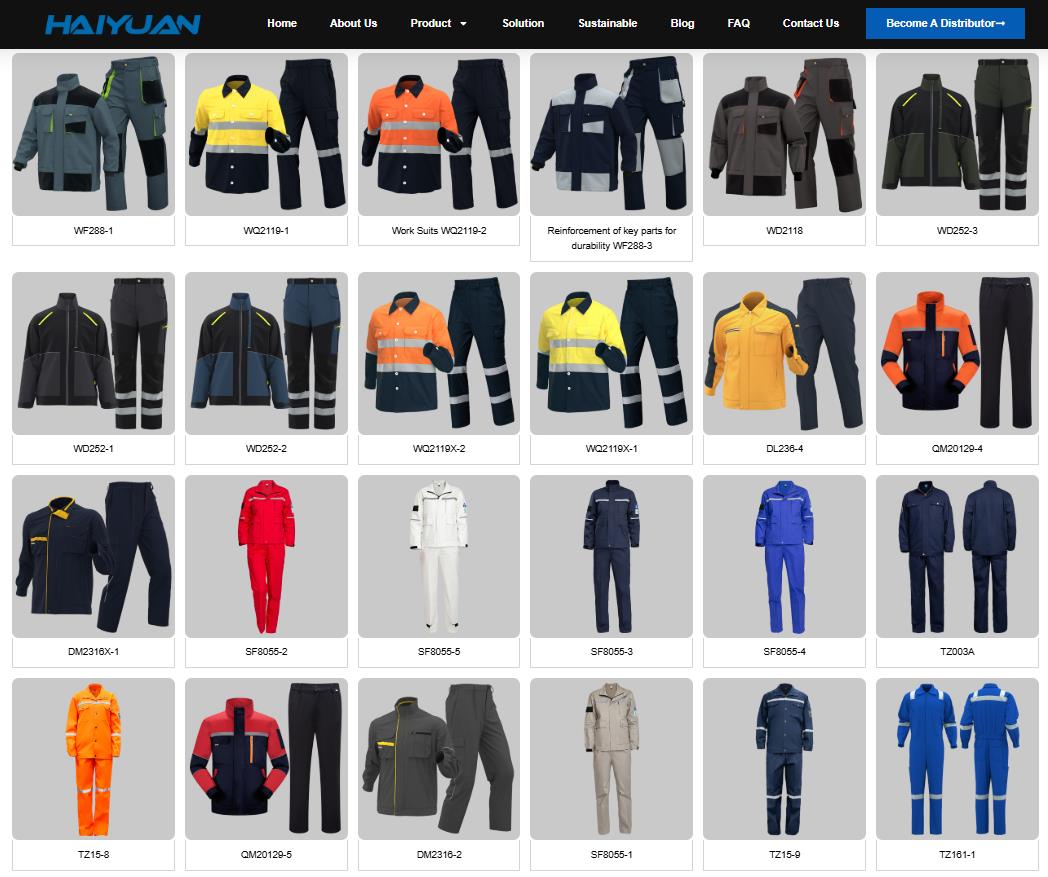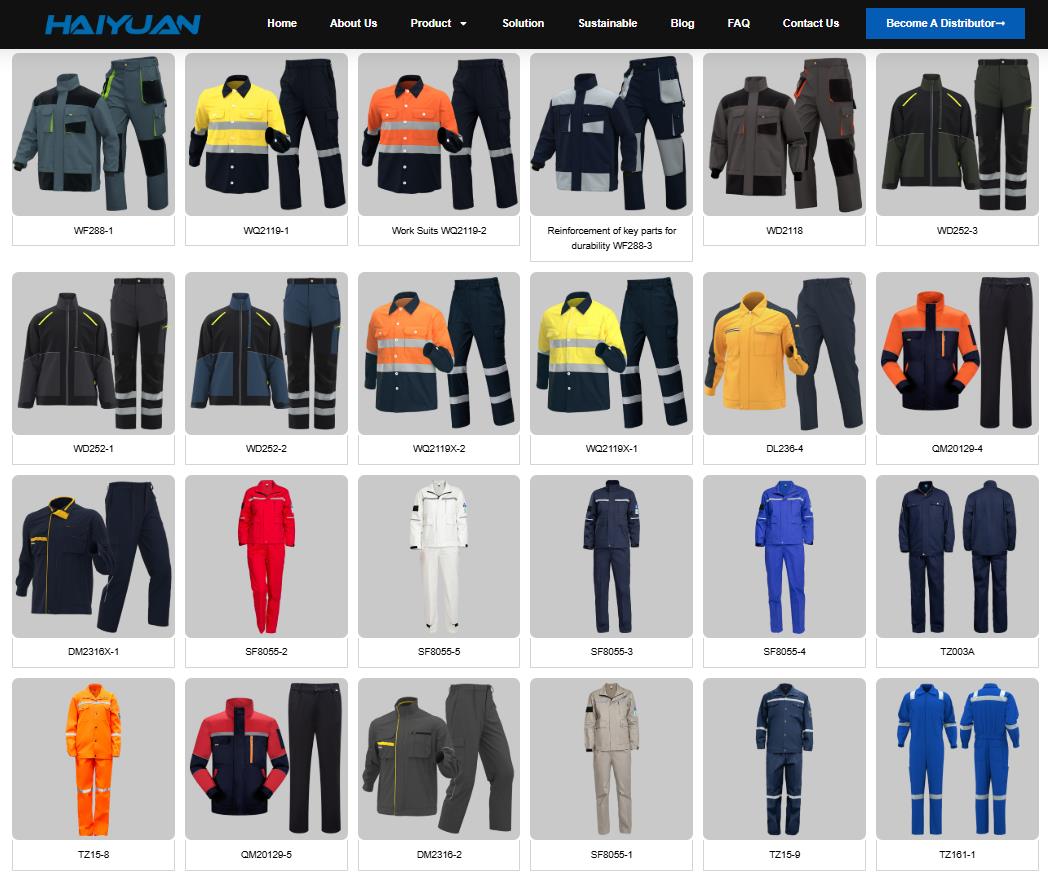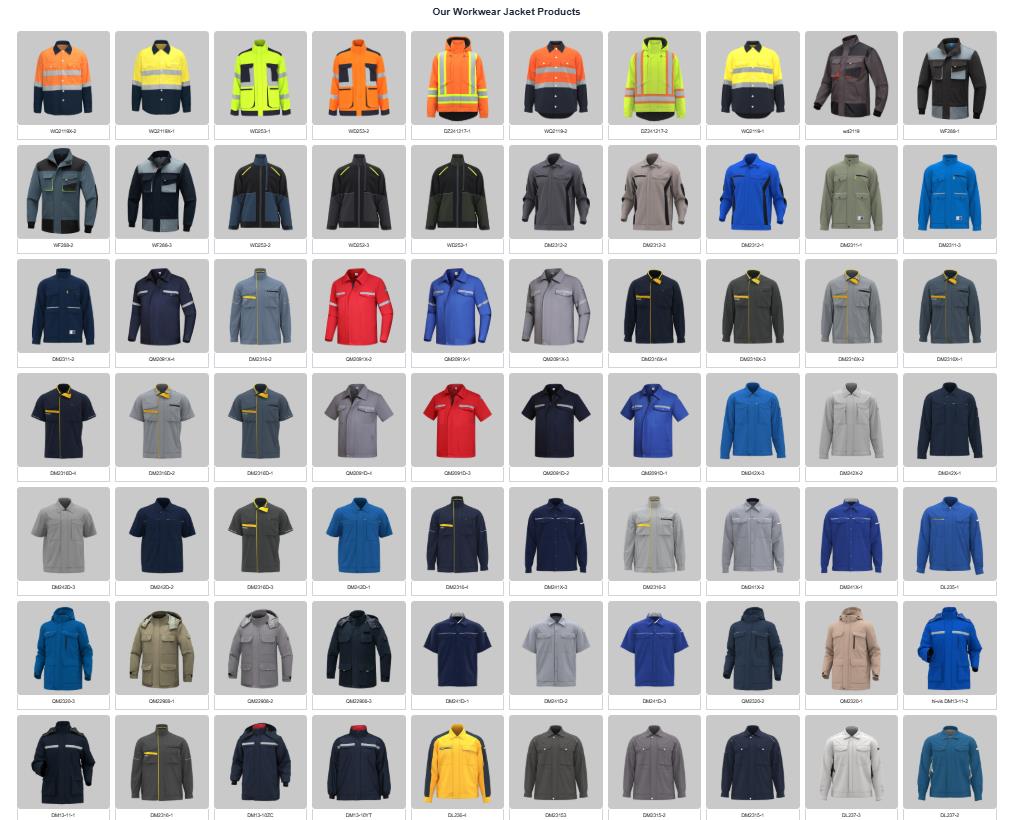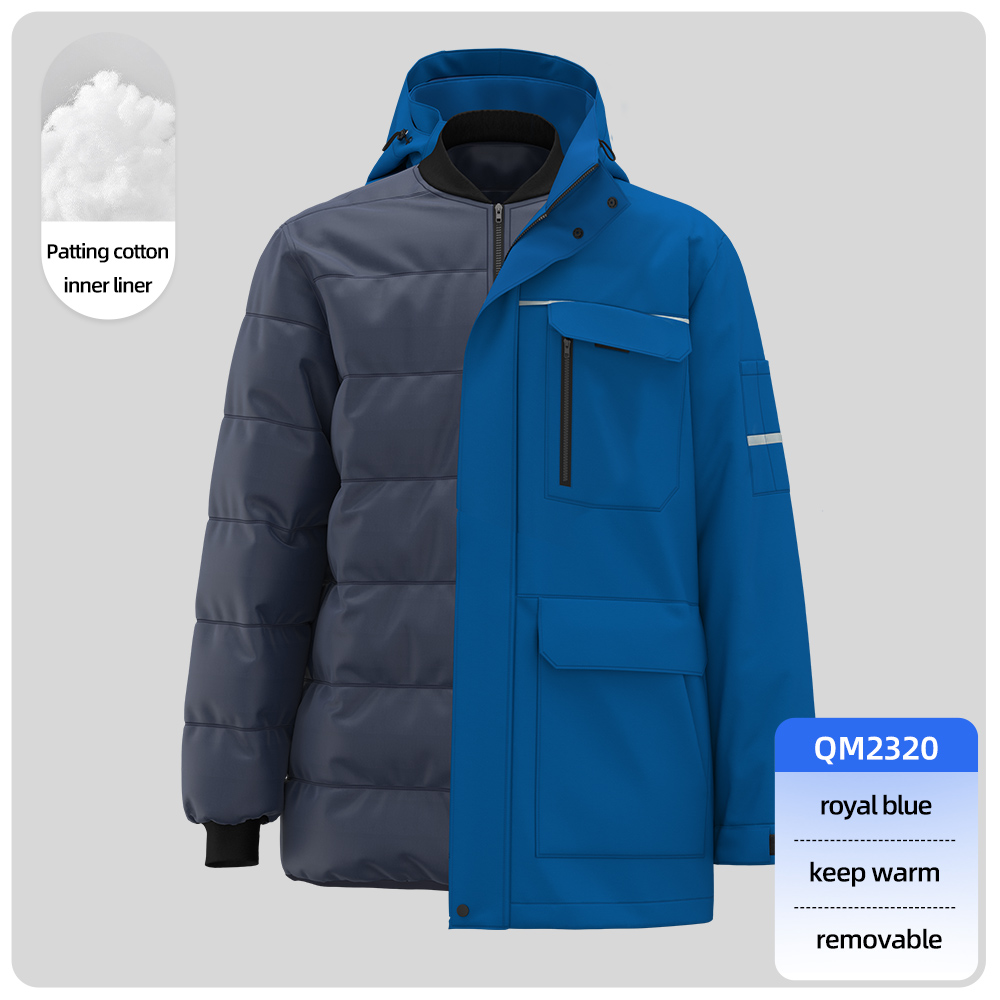Transporting clothing from China to Pakistan involves several logistics options, each with pros and cons. Here’s a step-by-step guide to help you choose the best method:
1. Choose Your Transport Mode
-
Air Freight:
-
Best for: Urgent/small shipments (e.g., samples, < 500 kg).
-
Pros: Speed (3–7 days), secure handling.
-
Cons: High cost (2–4x sea freight), limited volume.
-
Key Routes: Guangzhou/Shenzhen → Karachi/Lahore (e.g., via Qatar Airways/Cathay Pacific).
-
-
Sea Freight:
-
Best for: Bulk shipments (full containers or LCL).
-
Pros: Cost-effective (≈$800–$2,500/container), eco-friendly.
-
Cons: Slow (18–30 days), port delays possible.
-
Key Ports:
-
Pakistan: Karachi Port, Port Qasim.
-
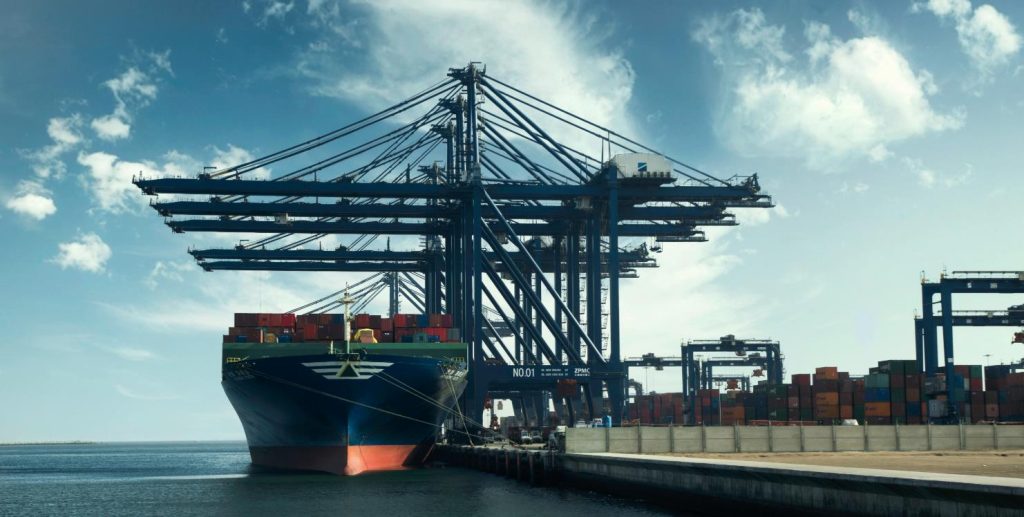
Karachi Port
-
-
Land Freight (via Karakoram Highway):
-
Best for: Northern Pakistan deliveries.
-
Pros: Direct access to Punjab/KPK (≈15–20 days).
-
Cons: Seasonal closures (winter), customs complexity.
-
-
Courier (DHL/FedEx):
-
Best for: Documents/samples (< 70 kg).
-
Pros: Door-to-door, 3–5 days.
-
Cons: Very expensive for bulk.
-
2. Key Documentation
-
Commercial Invoice
-
Packing List
-
Bill of Lading (Sea) or Air Waybill (Air)
-
Certificate of Origin (FTA Form if applicable)
-
Import License (Pakistan-specific, required for textiles)
-
HS Codes (e.g., Chapter 61–62 for clothing)
3. Customs & Duties in Pakistan
-
Import Duties: 10–25% on clothing (varies by fabric/type).
-
Sales Tax: 17% (standard rate).
-
Regulatory Compliance:
-
Textile-specific labeling (fiber content, care instructions).
-
Anti-dumping duties may apply (check Pakistan’s NTC).
-
-
Clearance Tip: Hire a Pakistani customs broker to handle FBR (Federal Board of Revenue) procedures.
4. Packaging Tips
-
Use vacuum-sealed bags to reduce volume.
-
Add silica gel to prevent moisture damage.
-
Label cartons clearly with “Garments – No Hook” for safe handling.
5. Cost-Saving Strategies
-
Consolidate LCL Shipments: Share container space if volume < 15 CBM.
-
Use CPEC Routes: Benefit from reduced tariffs under China-Pakistan Economic Corridor agreements.
-
Negotiate FOB Terms: Let Pakistani buyer handle main freight costs.
6. Reliable Partners
-
Freight Forwarders:
-
China: Sinotrans, Kerry Logistics.
-
Pakistan: TCS Logistics, M&P Logistics.
-
-
Customs Agents: Pak Customs Clearing Agents Association (PCCAA) members.
7. Timeline Estimates
-
Air: 5–10 days (door-to-door).
-
Sea: 25–40 days (including clearance).
-
Land: 15–25 days (weather-dependent).
8. Risk Management
-
Insure shipments (All Risk coverage ≈ 0.3% of cargo value).
-
Track shipments in real-time (forwarders provide software links).
-
Avoid shipping during Chinese holidays (e.g., CNY) or Pakistani monsoon season.
Final Tip: Start with a small test shipment to evaluate your logistics partner. For large orders, sea freight via Karachi Port is most cost-effective. Always confirm Pakistan’s latest textile import regulations with a local agent to avoid clearance delays!
Useful links:

